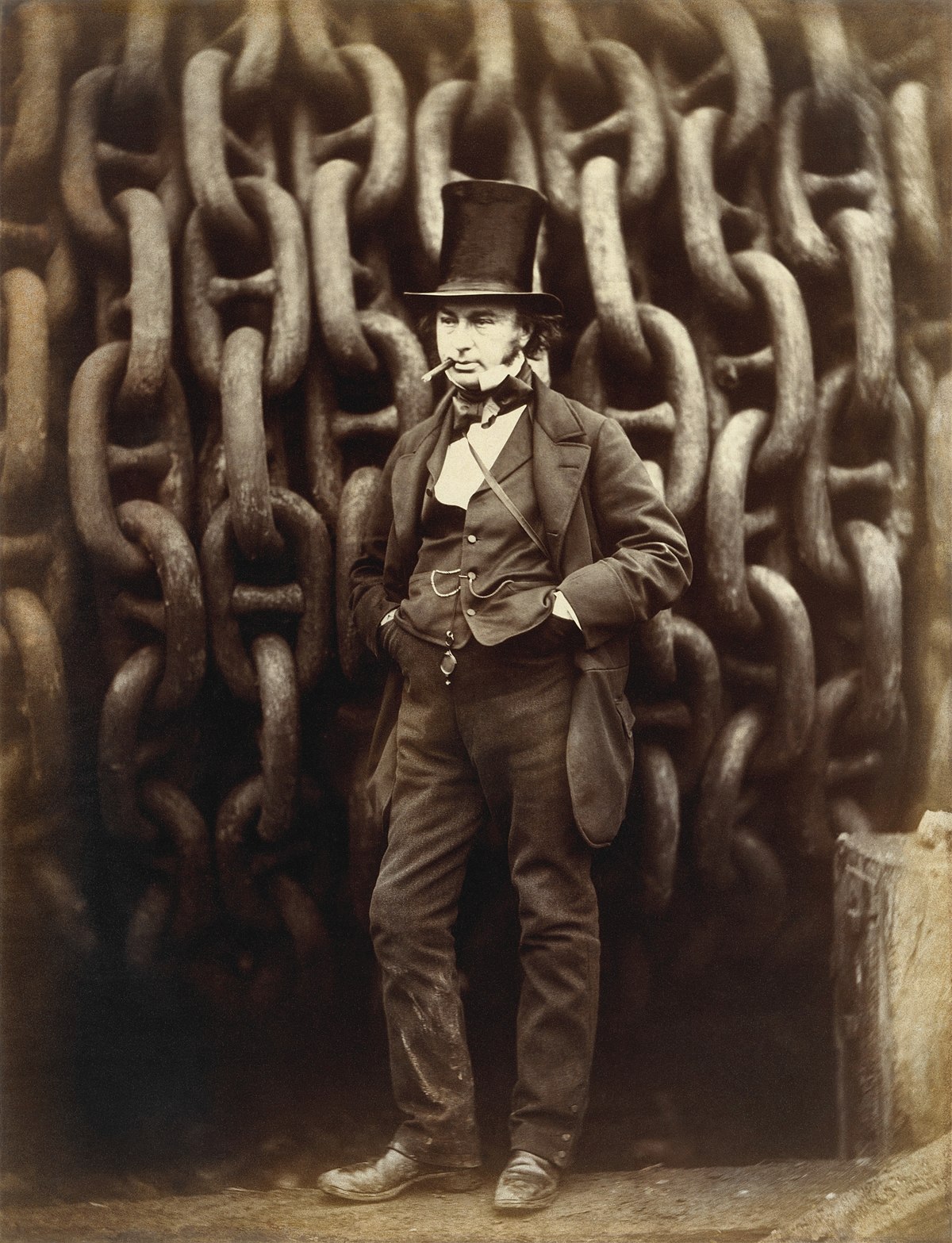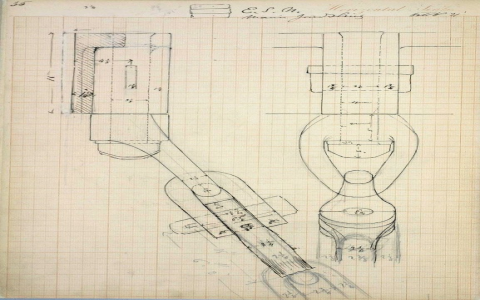So yesterday I got curious about how this Brunel dude actually changed engineering during the Industrial Revolution. You know, you hear the name thrown around, but what did he do? I decided to dig in myself and try to understand it step-by-step, like getting my hands dirty.
The Spark of Curiosity
It all started because I was reading some old engineering journal scans online – purely by accident, stumbled on them – and kept seeing “Brunel, Brunel, Brunel.” Felt like everyone was raving about this guy like he was the Elon Musk of the 1800s. I figured, heck, if he’s that important, I need to know why. What was his big trick?
Drowning in Old Blueprints
My first move? Find whatever pictures of his work I could. Big mistake. Ended up knee-deep in sketches for bridges, tunnels, steamships, even railways! It looked like the man never slept. Seriously, the volume was insane. Started with the famous stuff:

- That bridge: The Clifton Suspension Bridge? Yeah, the one with the fancy chains. Spent hours staring at sketches, trying to figure out how they even held that thing up before cranes. Imagine hanging that over a gorge! My brain hurt.
- Tunneling Through Mud: Then I hit the Thames Tunnel stuff. Digging under a river? With Victorian tech? I pictured guys with shovels and candles, water probably pouring in. Sounded terrifying. How did they stop the whole thing collapsing? The diagrams showed this giant shield thing he invented, basically a metal wall they pushed forward while digging behind it. Actually kinda clever.
- Ships That Were Giants: Found plans for the SS Great Britain. A huge iron steamship in the age of wood and sail? The scale looked ridiculous for the time. Propellers? Everyone else was paddling! It blew my tiny mind.
Trying to Get Hands-On (Sort Of)
Just reading felt dry. Wanted to feel the change. So I did a dumb thing: I grabbed some pencils, paper, and a ruler. “Right,” I thought, “let’s sketch a bridge idea.” Quickly realized:
- Making something strong and elegant with limited materials is HARD. Where do you put the supports? How heavy can it be? Mine looked like a toddler drew it.
- Then I thought about those railways. He built that Great Western Railway, right? Straight lines, gentle slopes… sounded simple until I tried mapping a route from point A to point B in my head, avoiding huge hills and rivers. Suddenly, “flat” and “direct” seemed impossible. Made me appreciate how much surveying and earth-moving they must have done. My back ached just thinking about it!
This little exercise was a reality check. Realized Brunel wasn’t just building things; he was constantly pushing the limits of what people thought was possible. He was building stuff that hadn’t existed before, forcing new techniques and materials into being. Iron instead of wood? Bigger engines? Better foundations? It was all about scale and overcoming problems that seemed unsolvable.
The “Oh!” Moment
After my failed bridge design attempt and the headache of imaginary railway planning, it clicked. Brunel wasn’t just an engineer; he practically changed the job description. Before him, engineers often adapted old ways. He looked at problems and said, “Nope, we need a whole new way.” He forced innovation because his projects demanded it. Building things bigger, faster, longer – it meant inventing new methods on the fly. That Thames Tunnel shield? Created because the old ways failed. The Great Britain’s propeller? Needed more power than paddles gave. He wasn’t just riding the Industrial Revolution wave; he was making the wave bigger.
Seeing his work pile up – bridges, tunnels, ships, railways – hammered home how he fundamentally altered what engineering meant. It wasn’t just about calculations anymore; it was about ambition, vision, and sheer bloody-mindedness to build what hadn’t been built before, forcing the whole field forward. Brutal, brilliant, and kinda terrifying.




